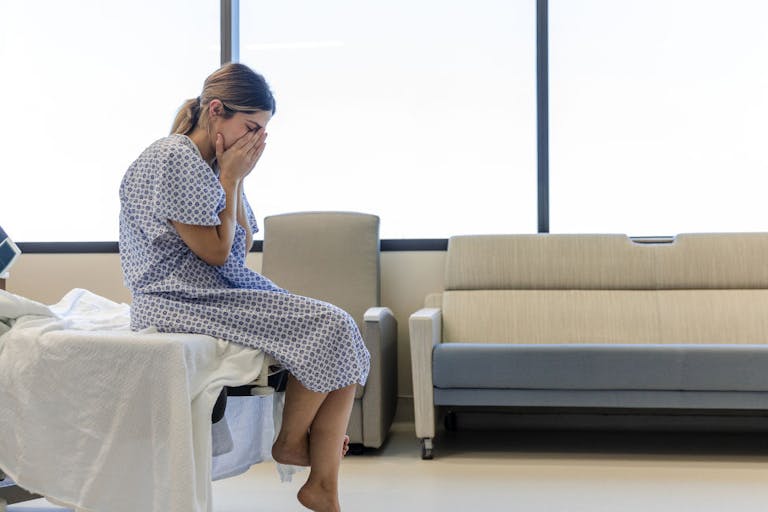
After ‘I messed up,’ pregnancy resource center made all the difference
Anonymous
·
Pro-life free speech wins at University of South Alabama
(Students for Life) Great news for free speech, specifically pro-life speech, on college campuses! Students for Life of America’s University of South Alabama campus group, along with Alliance Defending Freedom attorneys, have reached a legal settlement in a lawsuit that has increased the amount of the University of South Alabama campus that is open to free speech from less than one percent to the vast majority of campus.
Also, the settlement ensures that the university’s policies will be applied the same way to all student groups and prevents university officials from censoring pro-life speech based on its message.
This is a big win for pro-lifers on college campuses and hopefully this settlement will be a blueprint for other similar cases down the road.
The university had relegated Students for Life USA’s pro-life display – a Cemetery of the Innocents – to a small speech zone on campus because it deemed the event “controversial.” Under the university’s policies, students had to obtain a permit 72 hours in advance if they wanted to use any area outside of that zone. In 2014, ADF attorneys filed the suit Students for Life USA v. Waldrop in the U.S. District Court for the Southern District of Alabama on behalf of the student group.
“Universities are meant to be beacons for the free exchange of ideas. Sadly, they have too frequently become safe spaces to babysit kids who may be offended by a particular point of view,” said Students for Life of America President Kristan Hawkins. “We are pleased that the University of South Alabama will now allow its students to hear different viewpoints instead of protecting them from real-world discourse. Hopefully, other institutions of higher education will follow suit.”
Article continues below
Dear Reader,
Have you ever wanted to share the miracle of human development with little ones? Live Action is proud to present the "Baby Olivia" board book, which presents the content of Live Action's "Baby Olivia" fetal development video in a fun, new format. It's perfect for helping little minds understand the complex and beautiful process of human development in the womb.
Receive our brand new Baby Olivia board book when you give a one-time gift of $30 or more (or begin a new monthly gift of $15 or more).

In October 2013 and again in February 2014, Students for Life USA requested permission to a hold a “Cemetery of Innocents” event, which consists of students placing small crosses in the ground to represent the innocent lives lost to abortion. University officials denied the request and said it would need to be held in the campus’s speech zone, even though other groups had exercised free speech on other portions of the campus. At the time, the speech zone comprised less than one percent of the college’s main campus.
World Magazine explained that:
When Students for Life USA initially requested permission to set up the display in October 2013, the administration restricted them to the campus free-speech zone at the Student Center, which totaled about 1 percent of the campus. The group argued the restriction severely limited the display’s impact. Campus policy at the time required student groups to request permission to use the free-speech zone three days prior to the event. According to the complaint, campus policy gave “unbridled discretion” to grant or deny student requests to the vice president of Student Affairs, John Smith, and the dean of students, Michael Mitchell. “These grants … created a system in which speech was reviewed without any standards, thus giving students no way to prove that a denial, restriction, or relocation of their speech was based on unconstitutional considerations,” the complaint stated.
The university then changed its policy to allow student speech throughout most of the outdoor areas of campus, but it selectively prohibited students from engaging in free speech in areas that are visible from the roads bordering campus. The settlement ensures that this policy will be enforced in an even-handed way and that university officials do not have broad discretion to ban free speech based on its content or point of view. It also includes a financial settlement benefiting Students for Life USA.
“Public universities should encourage free speech, not shut it down or quarantine it to one small spot on campus,” said ADF Senior Counsel David Hacker. “This lawsuit has ensured that University of South Alabama students can enjoy the ‘marketplace of ideas’ that a public university is supposed to be.”
Editor’s Note: This article was originally published at Students for Life of America’s blog on May 10, 2016, and is reprinted here with permission.
Live Action News is pro-life news and commentary from a pro-life perspective.
Contact editor@liveaction.org for questions, corrections, or if you are seeking permission to reprint any Live Action News content.
Guest Articles: To submit a guest article to Live Action News, email editor@liveaction.org with an attached Word document of 800-1000 words. Please also attach any photos relevant to your submission if applicable. If your submission is accepted for publication, you will be notified within three weeks. Guest articles are not compensated (see our Open License Agreement). Thank you for your interest in Live Action News!

Anonymous
·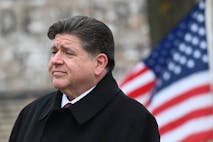
Politics
Bridget Sielicki
·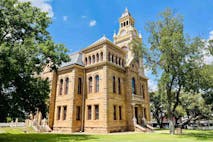
Issues
Sheena Rodriguez
·
Guest Column
Right to Life UK
·
Issues
Bridget Sielicki
·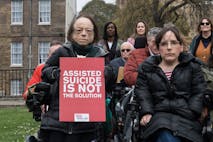
International
Cassy Cooke
·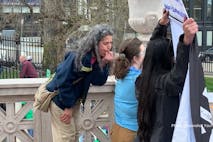
Activism
Students for Life
·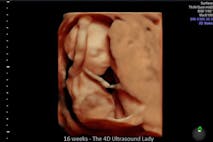
Guest Column
Students for Life
·
Activism
Students for Life
·
Issues
Students for Life
·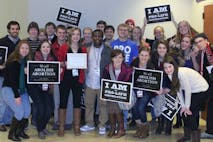
Issues
Students for Life
·